Protecting your property starts at the roof. Roofing Services in Pimlico are crucial for safeguarding value, safety, and reducing risks from leaks, damp, and energy loss. With deep experience across London and the Home Counties—including Kent, Surrey, West Sussex, and Berkshire—every project is handled for lasting compliance, performance, and peace of mind.
Years of proven expertise, accreditations (Which Trusted Trader, CITB), and trusted suppliers (Welsh Slate, ALM Lead, Kemper) reinforce our standards. Book a free survey today and protect your property.

Neglecting roofing issues opens the door to leaks, damp, heat loss, and mounting structural faults. The longer repairs are delayed, the higher the costs and greater the risk of serious disruption for property owners.

Professional Roofing Services in Pimlico directly resolve these threats—improving weather protection, energy savings, and full compliance with all building standards. Homeowners gain lasting peace of mind; landlords preserve long-term value; and businesses meet safety and efficiency targets. Proactive care is always a robust property investment.
Roofing Services in Pimlico span installations, repairs, upgrades, and restorations for homes, businesses, and listed buildings. Every service is delivered using premium suppliers, strict Building Regulations compliance, and care for safety, durability, and optimal performance. Solutions are always tailored to your property.
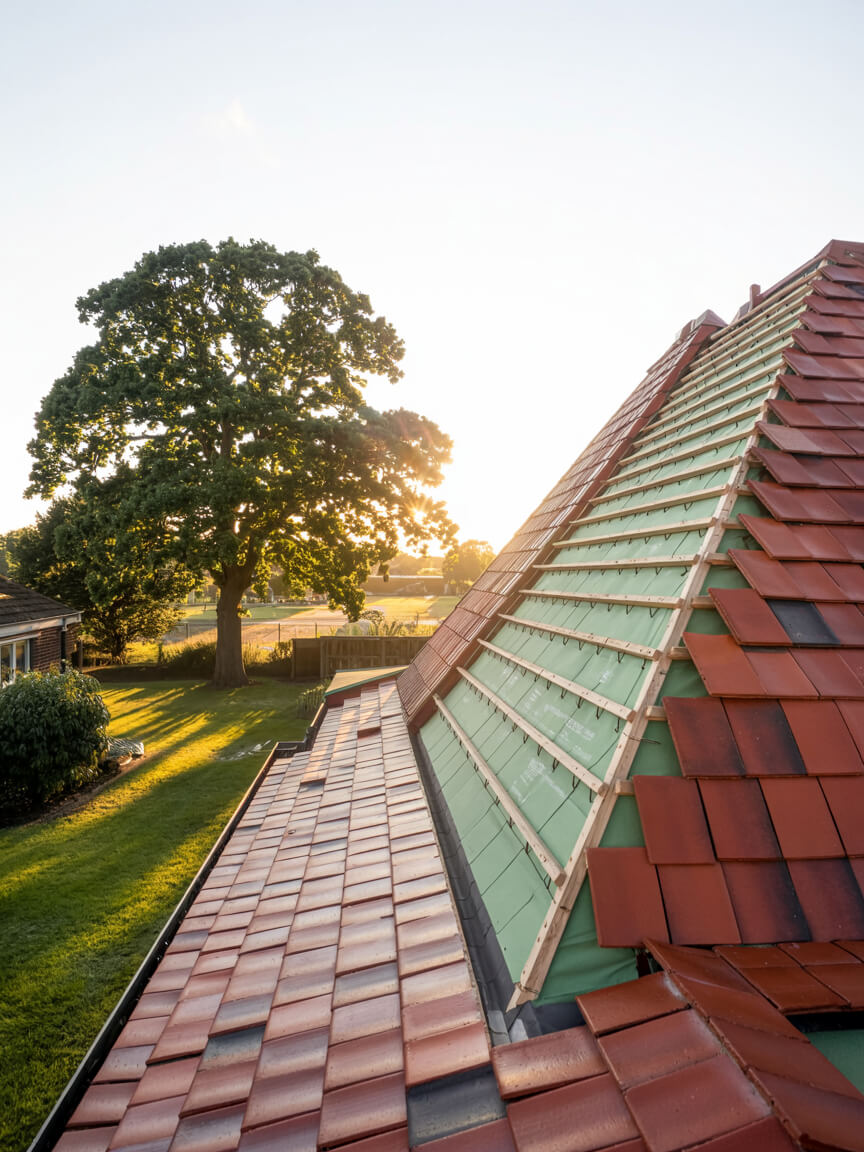
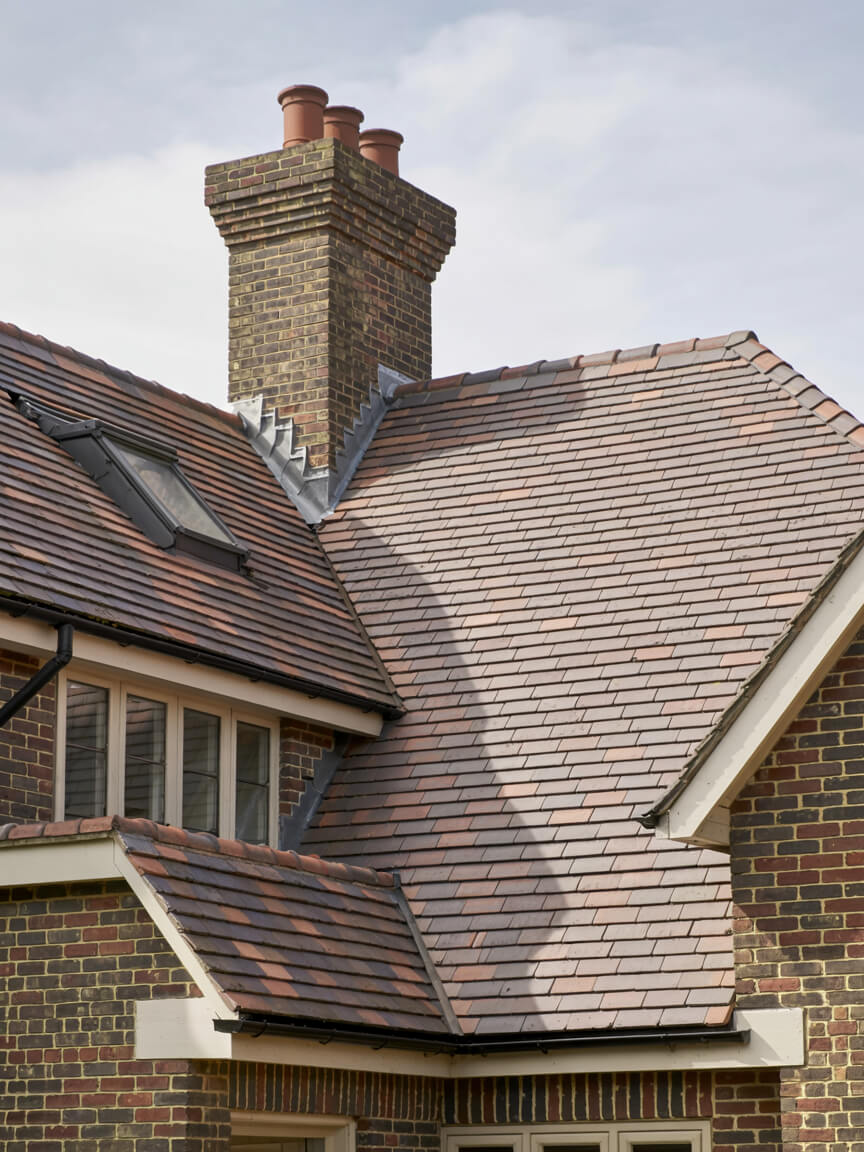
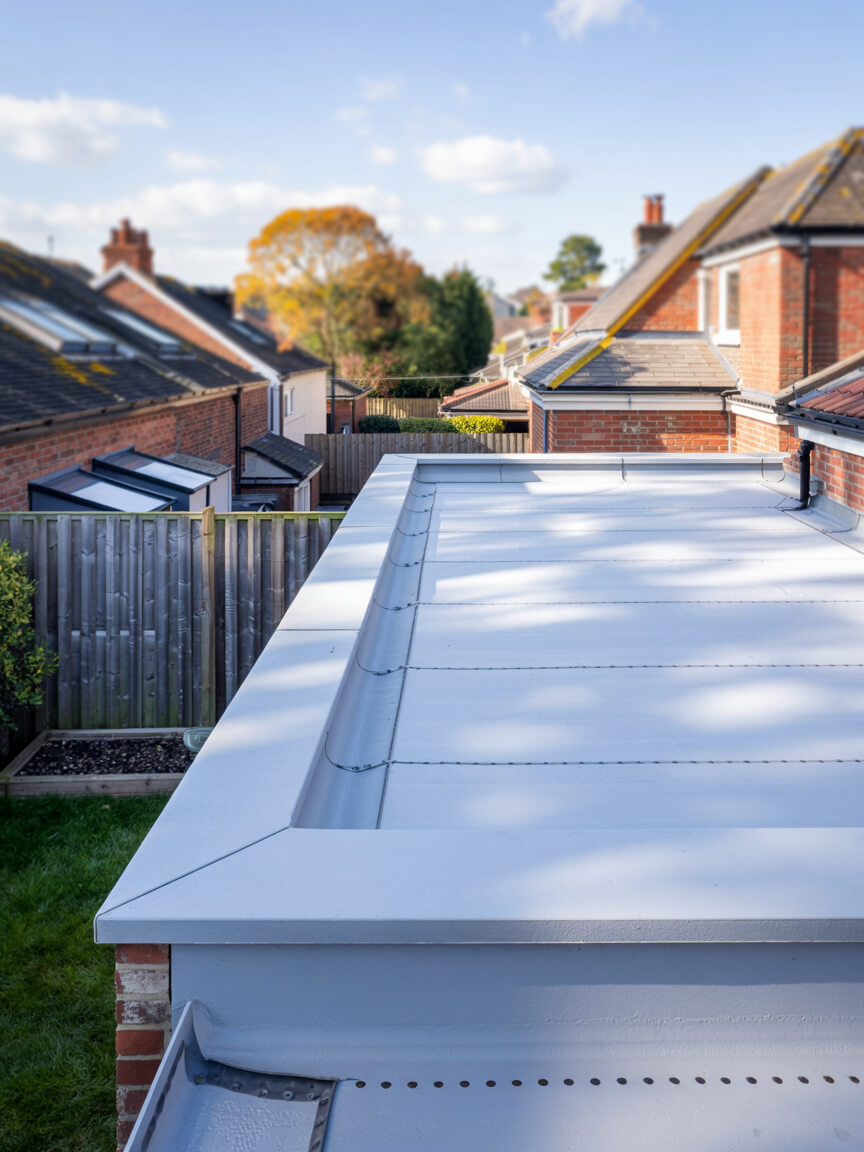
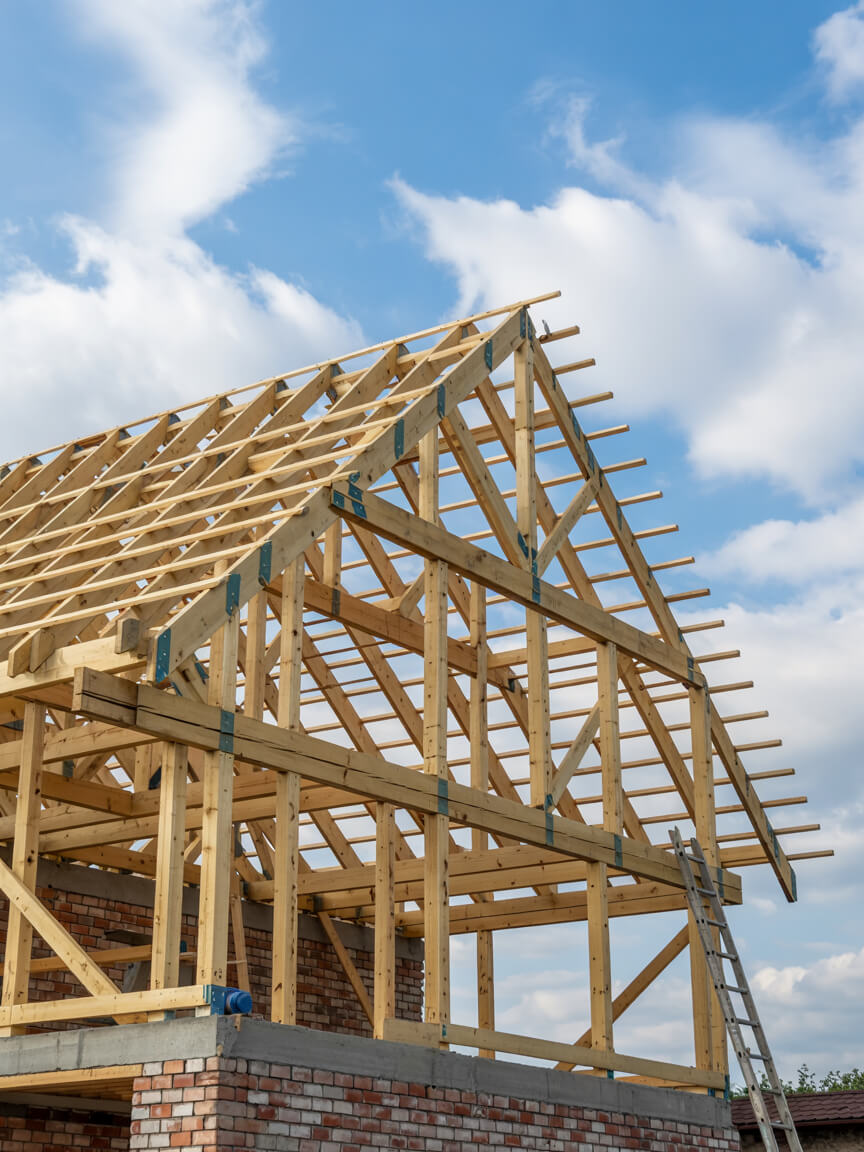
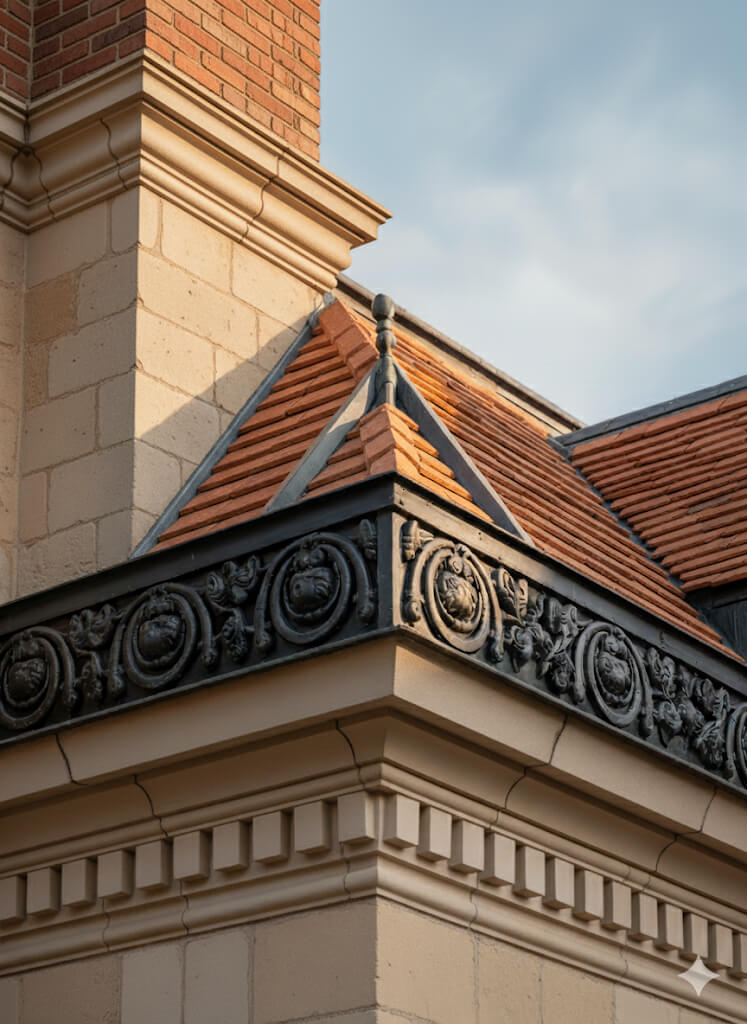
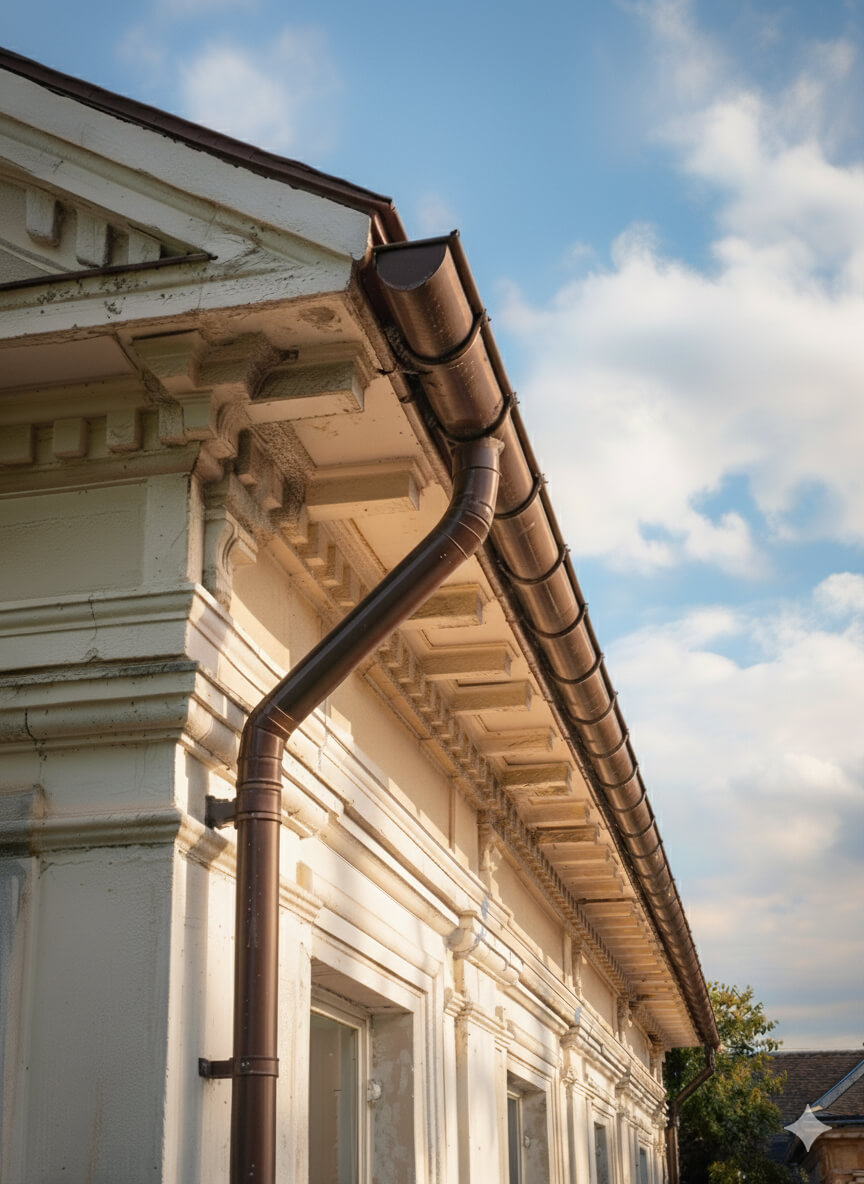

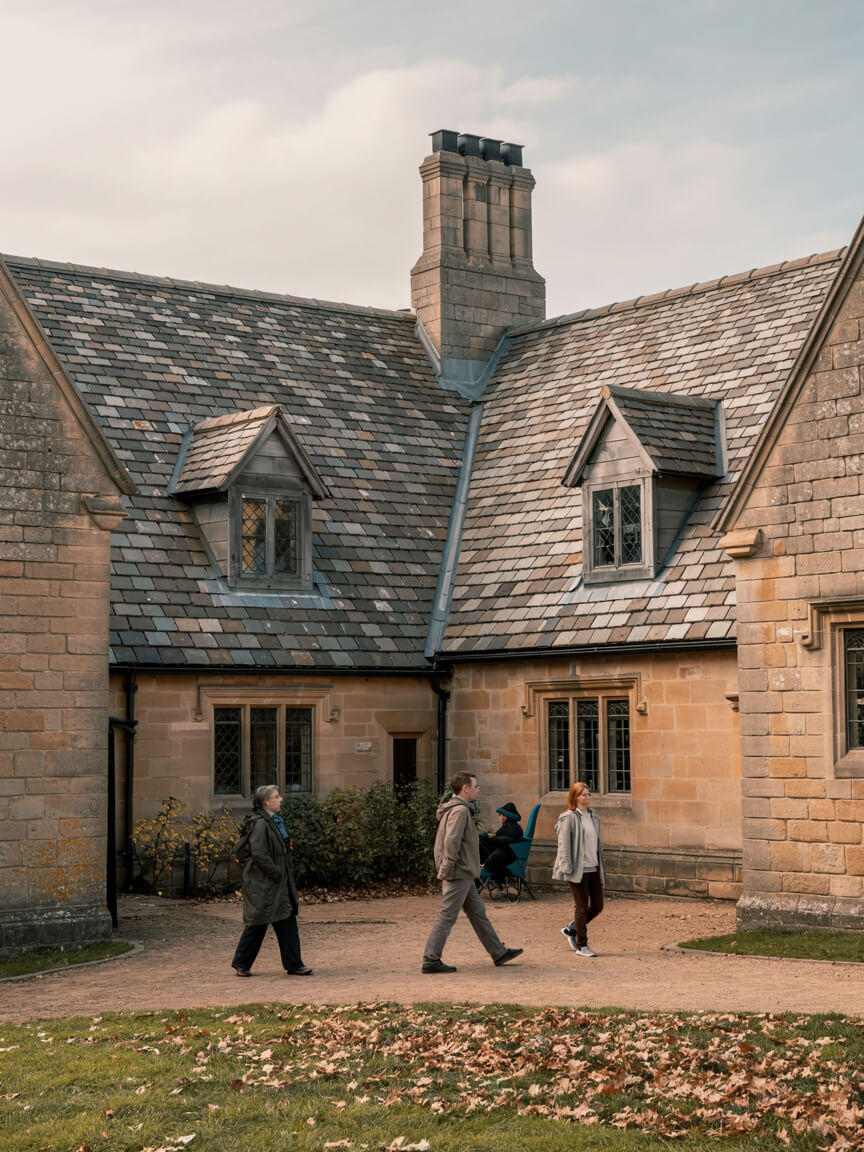
Every Roofing Services in Pimlico project is adapted to property type, roof structure, and environmental demands. Tailoring ensures compliance with regulations, minimises disruption, and maximises long-term value. From homes and businesses to industrial sites and listed heritage buildings, our flexible approach guarantees roofing solutions that meet unique needs while delivering safety, efficiency, and reliability.
Homes, extensions, and listed buildings.
Offices, retail, schools, and hospitality.
Warehouses, factories, and logistics sites.
Every Roofing Services in Pimlico project follows proven steps with quality materials. Whether a new installation, upgrade, or repair, each layer adds durability, safety, and efficiency—tailored to protect your property and meet regulatory standards.
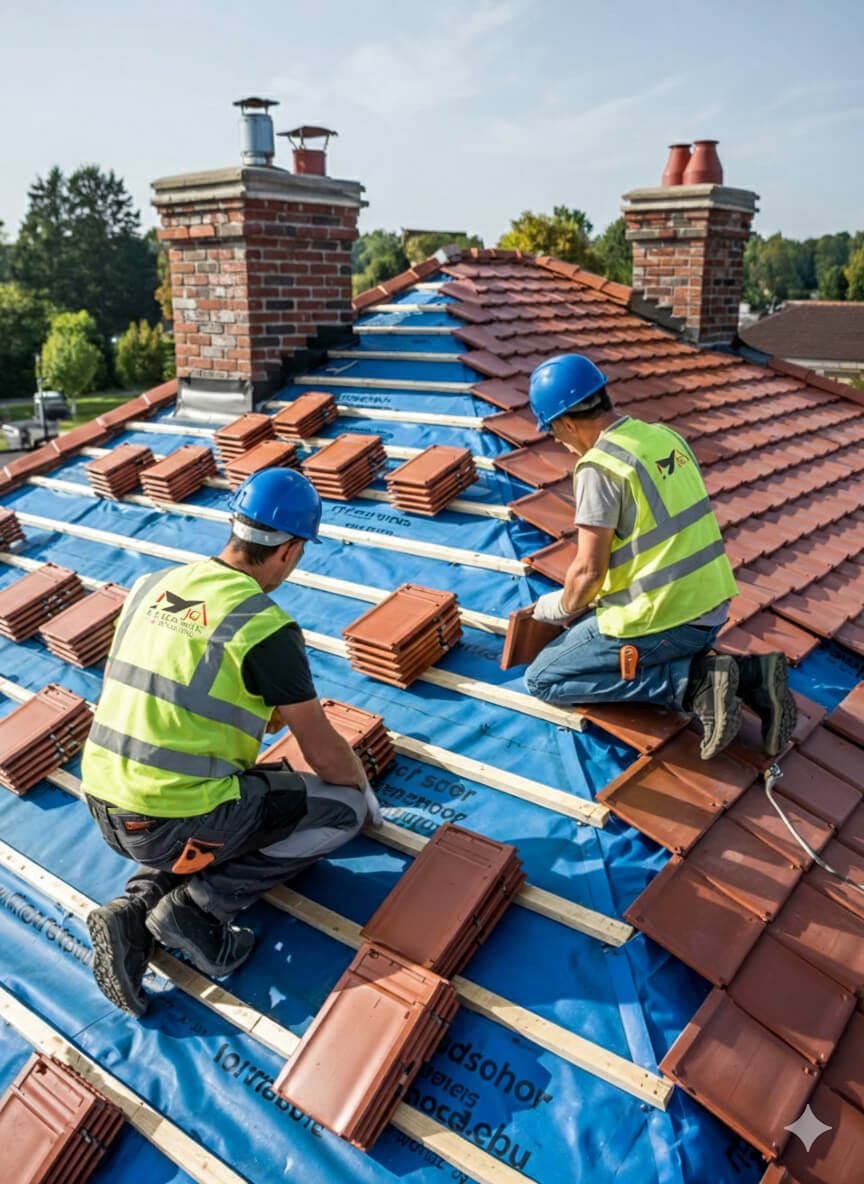
Get a free, no-obligation quote today.
Our experts are standing by to help you choose the perfect flat roofing solution.
⏱ Response within 24 hours guaranteed
Accredited by Which Trusted Trader, CITB, and approved by Kemper and Westwood, our team delivers safe, compliant, and warranty-protected Roofing Services in Pimlico projects. These credentials mean guaranteed standards and long-term assurance—reinforced by the positive client reviews that consistently highlight quality, professionalism, and trust.


Complete reroofing. Living in Singapore at the time and T was super responsive and communicative.
Replacement of lead box gutter and new flashing to parapet wall. I had an excellent experience using James and the team. He was very prompt in all aspects of communication and completed a first class job. Really pleased.
James completed some repairs on our roof and replaced some of our pebble dash by the roof as well. He was very thorough and fixed everything. He kept us really informed by taking photos and showing us what he did and keeping us updated. It also went onto our neighbours roof and he did the same fo...
We had a leak in our bedroom and James fixed the roof for us to stop it from leaking. All the work came with a warranty. The work that was carried out was good. James and his team were polite, and did all the work quickly and without too much interruption to our day-to-day lives. Would recommend ...
J G Leadworks have repaired and replaced the roofs and gulleys over our warehouse and workshops which have meant both areas are now watertight
James and team were incredibly responsive to my request to look at a serious leak issue on my flat roof. They did a very thorough investigation and explained in detail the issue and gave a fair quote. They were quick to book in and complete the work and have checked in afterwards a few times to m...
James was quick to respond to the initial contact and was able to work around some time constraints I had. He explained what needed doing clearly and was happy to answer follow up questions. He took pictures to show each stage and I feel confident in the work that was done by James and the team. ...
JG Roofing were very easy to work with. Their quote was sensible and they stuck to that figure. They completed many repairs to my roof including, rebuilding a leaded gutter, reinforcing rotten rafters, rebuilding a long felted gutter and felting parapet walls, resurfacing and felting a flat roof,...
Planning and legal checks protect clients from costly errors, delays, and non-compliance, ensuring roofing projects meet regulatory and safety requirements.
Permission is typically required for listed properties, conservation areas, or major roof alterations. All projects must also satisfy Building Regulations, including Part A (structural safety) and Part L (energy efficiency), ensuring compliant and future-proofed installations.
Our team manages the full process, from initial surveys to legal guidance, preparing documentation, and liaising with local authorities where needed. Whether working on modern homes or heritage sites, we ensure every project is delivered legally, safely, and with minimal disruption—providing complete reassurance and peace of mind to property owners.

Every project unites skilled workmanship with rigorously tested materials.
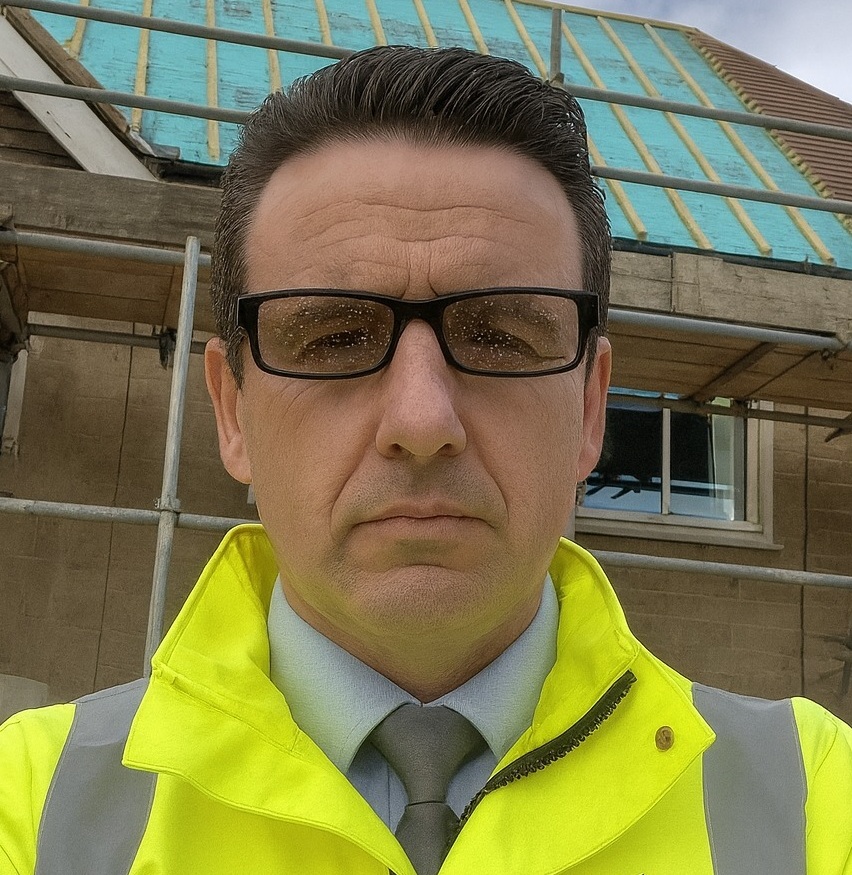
With 25 years of experience in lead sheet roofing, James is a trusted expert in heritage roofing, slate, and tiling. His knowledge of traditional methods, paired with modern compliance, makes him a go-to specialist for projects that demand both craftsmanship and durability.
Roofing Services in Pimlico provides lasting protection, efficiency, and value, delivering durable, compliant roofing solutions that safeguard every type of property investment.
Selecting Roofing Services in Pimlico involves balancing durability, budget, compliance, and aesthetics to secure the best-fit roofing solution for your property.
Why Clients Choose JG Leadwork and Roofing
With decades of trade experience, our teams understand the unique demands of London and Home Counties roofing. From heritage-listed properties to contemporary extensions, we adapt solutions to local regulations, weather conditions, and architectural styles with precision.
Accredited by Which Trusted Trader, CITB, and approved by Kemper, Westwood, IKO, ALM, and other leading suppliers.
These credentials guarantee safety, compliance, and access to manufacturer-backed warranties, giving clients peace of mind that their project meets the highest professional standards and benefits from warranty protection.
Our heritage projects use Welsh Slate and handmade clay tiles for authenticity, while leadwork is delivered to Lead Sheet Association (LSA) standards. Commercial installations employ Kemper and Westwood liquid systems for durability and efficiency. Each example demonstrates our reliability, blending traditional craftsmanship with modern performance.
Our workforce includes skilled roofers, heritage specialists, and safety-certified installers.
Every roofer holds NVQs, receives ongoing CPD training, and is qualified in both modern flat systems and traditional techniques, including slate and leadwork.
Team structure ensures projects run smoothly—surveyors identify needs, installers deliver with precision, and supervisors oversee compliance. This approach minimises disruption, accelerates timelines, and guarantees consistent quality across residential, commercial, and industrial roofing projects.
Every project is regulation-compliant, warranty-backed, and focused on long-term results.
Client testimonials and case studies confirm our track record, with projects praised for professionalism, durability, and customer support.
We go beyond installation with aftercare packages, maintenance support, and open communication at every stage. Property owners gain reassurance that JG Leadwork and Roofing stands behind its work. Book a free survey today and discover why homeowners, landlords, and businesses trust us with their roofing.

Get a free quote, rapid response, and expert service across London and the Home Counties. Contacting JG Leadwork and Roofing is your simple first step to dependable roofing solutions.
We source materials from leading suppliers including Supreme and IKO felt systems, Kemper, Westwood and Proteus liquid systems, Welsh Slate, handmade clay tiles, ALM Lead Mills, and Nicholson Air Track. These trusted brands guarantee durability, compliance, and warranty-backed performance across flat, pitched, heritage, and commercial roofing projects.
.
.
For homes, Roofing Services in Pimlico safeguards comfort and enhances kerb appeal with durable, energy-efficient systems. Whether modern extensions or traditional pitched roofs, tailored solutions improve living standards and protect property value.
For businesses, Roofing Services in Pimlico delivers cost-effective, large-scale installations with minimal disruption. Projects are planned around operations, with safety compliance, energy performance, and flexible scheduling built in—supporting offices, retail, schools, and industrial facilities with reliable, regulation-ready outcomes.
For heritage properties, Roofing Services in Pimlico combines authentic materials such as Welsh slate, handmade clay tiles, and ALM lead with skilled conservation techniques. Listed building consent and conservation requirements are fully managed, ensuring traditional character is preserved while integrating modern weatherproofing. This careful balance provides long-term durability without compromising historic integrity or aesthetic value.
JG Leadwork and Roofing delivers Roofing Services in Pimlico across housing, commercial, heritage, and public sectors. Every industry comes with unique requirements, from safety and compliance to efficiency and conservation. Our adaptability ensures projects are delivered with precision and professionalism—whether safeguarding homes, supporting business continuity, preserving history, or protecting critical public and healthcare facilities.
Durable roofing installed with minimal disruption, ensuring safe, regulation-compliant workspaces for staff and visitors.
High-standard, compliance-focused solutions protect community facilities while meeting strict safety and regulatory obligations.
Heavy-duty roofing tailored for wide spans, ventilation, and long-term maintenance efficiency.
Authentic materials and sensitive methods preserve historic character while adding modern protection.
Weatherproof systems that enhance kerb appeal and guarantee uninterrupted trading for outlets.
Tailored roofing improves guest comfort, safety, and ambience across hotels, restaurants, and venues.
Safe, durable systems designed for schools and universities with minimal learning disruption.
Specialist roofing solutions built for hygiene, safety, and regulatory compliance in medical environments.
Our team of NVQ-qualified roofers, LSTA-trained specialists, and health & safety-compliant professionals bring decades of combined experience. Every project is delivered with meticulous attention to detail, ensuring safe practices and consistent quality across flat, pitched, heritage, and commercial roofing disciplines.
Expertise includes heritage leadwork, slate and tile roofing, modern flat systems, and drone-assisted roof surveys. Ongoing CPD training ensures adaptability to both traditional craftsmanship and the latest innovations—giving clients confidence that every roof is built or repaired with proven skill and care.

A thorough survey highlights existing issues, structural considerations, and upgrade opportunities, ensuring the best-fit solution is identified from the very beginning.
Transparent, itemised quotes detail costs, timelines, and materials—giving you complete clarity and confidence before work starts, with no hidden surprises.
Scaffolding, access solutions, and robust safety measures are put in place to safeguard both property and people throughout the project.
Skilled roofers complete the work using accredited materials and proven techniques, delivering durable, compliant results while keeping disruption to a minimum—whether for repairs, replacements, or new installations.
Each stage is inspected against manufacturer standards and Building Regulations, with photographic documentation provided for transparency and peace of mind.
Each stage is inspected against manufacturer standards and Building Regulations, with photographic documentation provided for transparency and peace of mind.
In a competitive roofing market, many providers look the same on paper. JG Leadwork and Roofing stands out through proven expertise, accredited methods, and specialist techniques. Our combination of traditional craftsmanship and modern technology makes us the safer, smarter choice across residential, commercial, industrial, and heritage projects.
In a competitive roofing market, many providers look the same on paper. JG Leadwork and Roofing stands out through proven expertise, accredited methods, and specialist techniques. Our combination of traditional craftsmanship and modern technology makes us the safer, smarter choice across residential, commercial, industrial, and heritage projects.

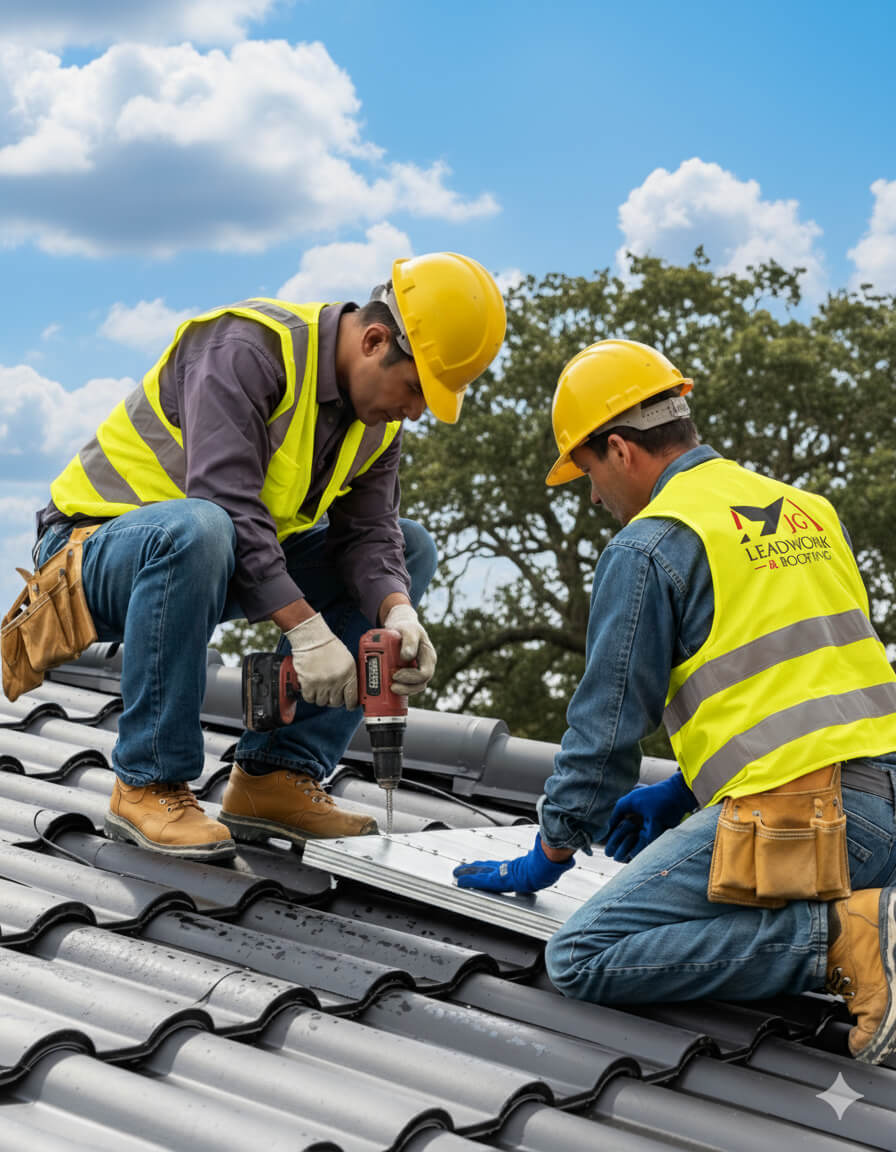
At JG Leadwork and Roofing, every project follows a structured QA process. Each stage—materials, installation, safety, and final sign-off—is measured against manufacturer specifications and UK Building Regulations to ensure durability, compliance, and warranty-backed performance across all roofing services.
Projects are only signed off once all QA checks are complete, giving clients confidence in long-term performance, structural safety, and insurance-backed peace of mind.
Every Roofing Services in Pimlico project by JG Leadwork and Roofing is delivered in strict alignment with UK Building Regulations and recognised frameworks. This ensures structural safety, energy efficiency, durability, and protects warranties and insurance coverage across residential, commercial, industrial, and heritage properties.
Clients can be confident their project is completed legally, safely, and insurance-ready—delivering long-term performance, compliance assurance, and complete peace of mind.
Property owners often wonder about Roofing Services in Pimlico—from costs and timescales to permissions. Below, you’ll find straightforward, trustworthy answers to the most frequent and practical queries.
Roof leaks after heavy rainfall are a common concern for property owners in Pimlico, affecting everything from interior décor to the structural safety of a building. Catching these issues early can prevent extensive water damage, insulation failure, and even invalidate insurance claims if left unattended. Understanding the technical reasons behind leaks helps residential, commercial, and heritage property managers take preventative steps and speak with confidence when discussing solutions with a roofing expert. Below, we break down the principal root causes behind rain-driven leaks and show how each can be identified and diagnosed.
One of the most prevalent causes of roof leaks—especially on flat roofs or aged tile systems—is the degradation or damage of waterproof membranes. Over time, exposure to UV rays, freeze–thaw cycles (meaning repeated freezing and thawing of moisture), and general weathering causes materials such as torch-on felt, asphalt, or synthetic membranes to crack, blister, or split. Once a membrane loses its elasticity or exhibits visible tears, heavy rainwater exploits these weak spots, leading to direct ingress. Symptoms are often found as damp patches on ceilings, bubbling or peeling paint, and, in worst cases, dripping water during a downpour. If ignored, persistent leaks accelerate timber decay in roof structures, undermine insulation, and risk hidden mould growth. Industry figures suggest that most flat roofing systems in the UK last 15–25 years before risk of significant membrane failure increases.
A second frequent culprit is faulty flashing—the strips of impermeable material (often lead or similar) fitted at the intersections where roofs meet walls, chimneys, or dormers. Flashings are designed to bridge movement between materials and direct water away from vulnerable joints. Over time, however, flashing can become dislodged due to settling, thermal expansion, or even poor historic installation. In other cases, the use of inappropriate materials or gap-laden detailing leaves an open path for “capillary action” (water travelling upwards or sideways against gravity through narrow spaces). Typical signs include stained patches below chimneys, musty odours in loft spaces, or visible gaps alongside the flashing at roof penetrations. If not corrected, the risk progresses from cosmetic damp to severe moisture ingress and freeze–thaw spalling of adjacent brickwork or masonry.
Certain leaks stem less from obvious damage and more from environmental conditions or suboptimal roof design. Flat roofs in Pimlico often suffer from ponding—a condition where water stands in shallow puddles for more than 48 hours after rain, often due to inadequate fall (pitch). According to British standards, visible standing water over 25mm deep after 48 hours may indicate insufficient slope or blocked outlets. Combined with debris (leaves, bird detritus), this can accelerate membrane breakdown and foster a breeding ground for moss, which further impedes drainage. Additionally, contemporary building codes (notably Part L of the Building Regulations) now require appropriate insulation and ventilation to combat interstitial condensation—occurring when warm moist air from inside meets a cold roofing surface and condenses unseen within layers, leading to long-term damp and rot. Warning cues here include unexplained ceiling stains in winter and a musty smell, even if no roof damage is visible.
Identifying the true cause of a roof leak requires a combination of visual inspection and targeted diagnostics. For obvious issues, trained professionals will scan for cracked tiles, membrane blisters, rust, or open flashing seams. Moisture metres help detect damp within roof voids or insulation. In more complex cases—especially on flat or inaccessible roofs—borescope cameras can be inserted through small holes to check hidden cavities, or drone imaging may be deployed for visualising entire flat surfaces at scale. For suspected condensation, night-time or winter inspections are most revealing, particularly when combined with thermal imaging to spot cold bridges or insulation gaps.
| Cause | Typical Symptom | Risk if Ignored | Common Remedy |
|---|---|---|---|
| Membrane damage | Damp patches, visible cracks | Structural rot/mould | Local patch or full renewal |
| Flashing faults | Stained walls, musty loft odour | Internal damp, decay | Re-fixing or lead replacement |
| Ponding/debris | Shallow puddles >48h, moss | Membrane failure | Improve drainage/clean outlets |
| Poor insulation | Winter stains, musty smell | Hidden rot/damp | Upgrade insulation/ventilation |
In central London’s climate—where rain, wind, and winter frosts conspire—vigilance and regular inspection are essential. Quick attention to minor defects avoids the cost and disruption of major internal repairs or large-scale roof replacements later.
The cost of installing a new roof in London is shaped by several key differences between slate and tile as roofing materials. Both are popular for both homes and commercial buildings, but they differ substantially in initial outlay, labour requirements, compliance needs, and long-term value. For Pimlico property owners or project managers, being able to separate out these influences is crucial for budgeting, compliance with local rules, and managing expectations through the project.
The right decision affects not just the upfront price but also regulatory hurdles and long-term maintenance costs—especially in heritage or conservation areas. Below is a breakdown of the main cost and compliance factors that should be considered when comparing slate and tile roofing.
At the most basic level, material cost is a driving force. Natural slate roofing typically ranges from £90–£120 per m² installed, with variations between British (notably Welsh), imported, or man-made slates. Tiles (concrete, clay, or composite) tend to come in at £45–£70 per m² including installation. Tiles usually carry a lower material and transport cost, as they’re less fragile and lighter—reducing breakage risk and delivery expenses.
Within the slate category, Welsh slate is considered the premium standard thanks to its longevity and historic status for many London roofs, but it’s more expensive to source, handle and instal. By comparison, concrete tiles are the most affordable, though handmade clay and decorative tiles can approach the lower end of natural slate costs.
Labour is a significant part of any roofing budget. BS 5534, the key UK standard for slating and tiling, places different demands on slates versus tiles: slates are fixed individually, often with nails or wires, and need highly skilled hands to achieve the required weathering and neat finish. This makes slate installation slower and more involved.
Tiles often use an interlocking system and are lighter, meaning large sections can be laid more efficiently, reducing both time and skilled labour costs. However, complex or intricate roof shapes can diminish that advantage, and specifying additional detailing or traditional practices (as often seen on period homes) will increase costs for both systems.
In Pimlico and much of central London, planning controls or Conservation Area status may dictate your choice of material—historic properties may require renewed use of materials like Welsh slate in order to match the original roof. If your home is listed or protected, substitute materials are usually not permitted.
Part L of the Building Regulations requires all refurbished or new roofs to meet a minimum insulation value, measured as a U-value (how much heat passes through a material, with lower being better). Achieving this can mean additional cost for both slate and tile roofs, through extra insulation layers or venting, particularly where roofs must be upgraded from traditional non-insulated constructions.
This table summarises the practical differences:
| Factor | Slate Roof (£/m²) | Tile Roof (£/m²) | Why It Matters |
|---|---|---|---|
| Material (supplied) | 35–70 | 15–40 | Slate is premium; tiles are more affordable |
| Installation (labour) | 55–80 | 30–50 | Slate needs expertise and time |
| Insulation upgrades | 8–20+ | 8–20+ | Both must meet Part L standards |
| Planning compliance | Variable | Variable | Conservation often mandates natural slate |
| Typical Total | 90–120+ | 45–70+ | Tiles are usually cheaper, but lifespan varies |
Other considerations:
The cost difference between slate and tile roofing in London isn’t simply about material—it’s also about labour skill, compliance with standards like BS 5534 and Part L, and whether your property is in a conservation area. These factors should be assessed together for each project to arrive at a realistic budget and ensure you meet both performance and planning requirements.
Flat roofs are a common feature on homes, commercial premises, and heritage buildings across Pimlico, but they demand a distinct approach to maintenance compared to pitched alternatives. Regular inspection is essential for spotting early signs of trouble—like ponding water, splits in the waterproofing layer, or blocked drains—before these develop into leaks or structural problems. For homeowners, landlords, facility managers, and those responsible for listed properties, understanding the best inspection routine helps protect budgets, minimise disruption, and ensure ongoing building safety.
Unlike sloping roofs, flat roofs do not shed water and debris as quickly, which makes them vulnerable to standing water and accumulation of organic matter. Consistent inspection schedules extend the roof’s life, help maintain insurance cover, and keep warranties valid—an especially important consideration in higher-value or older buildings.
Most UK roofing experts advise that flat roofs should be inspected at least twice each year—ideally during spring and autumn. These points coincide with key changes in seasonal weather, allowing you to check for damage caused by winter storms or prepare for the challenges of hot, dry weather in summer. Additional checks are recommended after major events like storms or severe freeze–thaw cycles—where water seeps into tiny cracks, freezes and expands, often causing splits.
A typical routine looks like this:
Keeping to this schedule enables simple, cost-effective repairs rather than waiting until advanced damage occurs.
Inspection frequency and method aren’t the same for every property:
Proactive flat roof upkeep is vital for preventing water entry and maximising lifespan. Main tasks include:
Detailed inspection records help prove compliance with warranties or insurance policies and support ongoing maintenance planning.
| Material | Typical Lifespan | Inspection Frequency | Maintenance Needs |
|---|---|---|---|
| Built-up felt | 10–20 years | Every 2 years | Reseal joints, patch splits |
| EPDM rubber | 20–40 years | Every 2–3 years | Check seams/edges, remove debris |
| GRP (Fibreglass) | 25–40 years | Every 2–3 years | Inspect for cracks, recoat as needed |
| Liquid-applied | 25–40 years | Every 3 years | Recoat, inspect joints and edges |
Flat roofs demand ongoing attention due to drainage and construction differences from pitched designs. Staying on top of planned inspections and basic maintenance protects all types of properties in Pimlico—residential, commercial, heritage—while meeting legal, insurance, and warranty requirements.
Roofing costs in Pimlico can range from a few hundred pounds for minor repairs to several tens of thousands for a full replacement on a period terrace. These figures depend on the size of your property, the materials used, and the complexity of the job. Why does this matter? Homeowners want clear costings. Landlords look for financial predictability. Businesses demand warranty-backed assurance to reduce risk exposure. Ultimately, understanding the financial landscape—and the role of warranties and installer credentials—makes the difference between predictable investment and unwanted surprises.
Several key factors shape roofing prices: size of the project, design complexity, material quality, access difficulties, and existing roof structure. Labour usually accounts for the largest share, especially where period or commercial buildings require extra scaffolding or conservation compliance. Material choices—such as clay tiles, natural slate, or advanced membranes—have a major impact on cost. Heritage or listed properties push costs higher due to specialist leadwork and building control requirements.
| Service Type | Typical Range (UK) | Key Influences |
|---|---|---|
| Roof Repair | £250 – £1,200 | Damage type, access, materials |
| Roof Replacement | £5,000 – £15,000+ | Size, structure, insulation, finish |
Always seek line-by-line quotes to clarify costs for labour, materials, and scaffolding, helping you avoid unexpected extras as work progresses.
A solid insurance-backed warranty is central to financial peace of mind. Most reputable installations provide a 10–20 year guarantee—sometimes more for membranes or slate roofs. A robust policy should cover both faulty materials and poor workmanship. What happens if your installer is no longer trading? An insurance-backed scheme protects you regardless, ensuring repair or compensation if issues arise. Always check warranty terms for what’s covered and for transferability.
Compliance with Part L of the Building Regulations is mandatory for new or replacement roofs, covering standards for insulation, ventilation, and thermal performance. Meeting these standards not only safeguards your property’s efficiency and comfort but is often a requirement for mortgage lenders and insurers. Proof of warranty and building control sign-off is increasingly important for future property sales.
Choosing an accredited installer isn’t just good practice—it’s a direct line to financial protection. Look for NVQ qualifications in roofing, CITB training, and memberships in CompetentRoofer or TrustMark schemes. Associations like Which Trusted Trader or National Federation of Roofing Contractors (NFRC) provide independent auditing. Why does this matter? Only accredited contractors have proven they can instal to British Standards (such as BS5534 for pitched roofs) and follow manufacturer guidelines strictly—which is critical for warranty validity.
Qualified professionals also handle building control registration, preventing the pitfalls of missing compliance certificates that can cause insurance problems or stall a property sale.
Opting for the lowest estimate or a non-specialist often backfires in costly ways. Typical shortcuts include overlaying new materials on unsound timbers, skipping breathable membranes, ignoring ventilation requirements, or substituting lead flashing with cheaper alternatives. These decisions commonly result in invalid warranties, failed Part L compliance, or outright refusal of insurance claims.
You risk structural damage, premature leaks, condensation issues, and expensive unplanned re-roofing within a few years. A transparent, warranty-supported job by an accredited installer is your best safeguard against these financial and legal risks—a necessary investment for long-term property value and peace of mind.